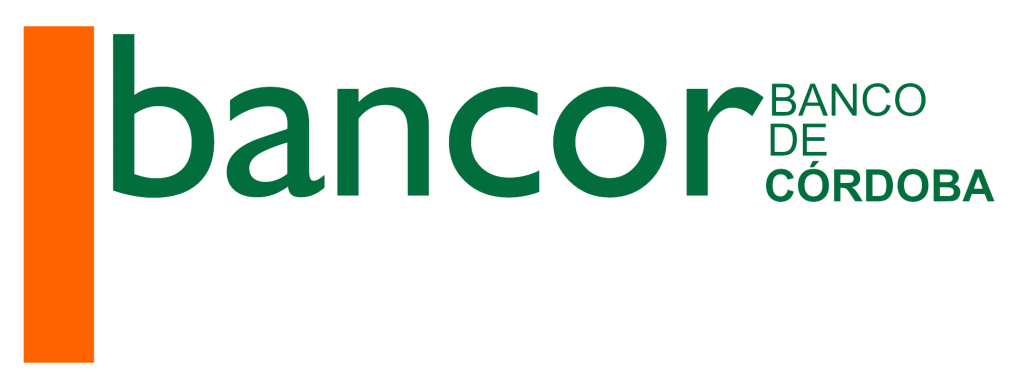Bancor
Bancor is the name of a designed by the English economist John Maynard Keynes and Ernst Friedrich Schumacher world currency which would be built following the Second World War as part of a newly created International Clearing Union ( ICU). The published in April 1943 bill proposed the introduction of Bancor as an international accounting unit to which the participating currencies should be coupled. The value of the Bancor itself should be backed by gold.
Participating in the system States should entertain after the presentation of Keynes ' balances in Bancor in the ICU. The initial balance should be calculated on the basis of previous trading volume and additional stocks can be purchased for gold. An exchange the settlement currency into gold was not provided, so that Bancorreserven the system could not have left. The aim of this measure was to prevent a run on the Bancor. Resulting from trade surpluses credit should be credited to the Bancorreserven and run deficits as a load of this. In addition, opportunities were provided for short-term overdraft against the clearing house.
With the goal of a stable world monetary and trade system sanctions for countries that identify a permanent Bancor deficit were ( for example in the form of currency devaluation, capital controls, attachment of gold reserves ) as well as those permanent surpluses achieved (eg currency appreciation forced to international lending ) are provided. Surplus candidates should be forced to take measures that have a return of the excess to the target and the same deficit countries would support. An expansion of imports of surplus land should ideally leading to increased exports (and thus declining deficits ) in the deficit candidates.
The British proposals under the guidance of Keynes ' ( Keynes Plan) were not implemented. Under the Bretton Woods conference a based on the American design of Harry Dexter White compromise was decided with a reserve currency system based on a gold-backed U.S. dollar.
In the late 1950s, the Belgian- American economist Robert Triffin recognized the become known as Triffin dilemma conflict between short-term domestic and long-term international economic interests, which arises when a national currency acts as an international reserve currency. To counter this conflict, in 1969 by the International Monetary Fund ( IMF) so-called Special Drawing Rights ( SDR Special Drawing Rights or short ) were introduced. These SDRs are based on a basket of currencies from the U.S. dollar, euro, pound and yen and can be exchanged into other currencies as required. As a global reserve currency to SDR could not prevail, and their share in the total foreign exchange reserves is approximately 5 %.
In the wake of the financial crisis that began in 2007, the idea of a central accounting unit, which acts as a global Reserverwährung was taken up again. The President of the Chinese People's Bank Zhou Xiaochuan proposed in March 2009 to expand the role of the SDR and to establish itself as the only global reserve currency. The proposal underwent support from the Russian side, and French President Nicolas Sarkozy stressed the advantages of a supranational monetary system. In April 2010, the IMF discussed in a publication called the problem and as a way to develop SDR towards an international currency that could be " named in honor of Keynes, for example Bancor ".









